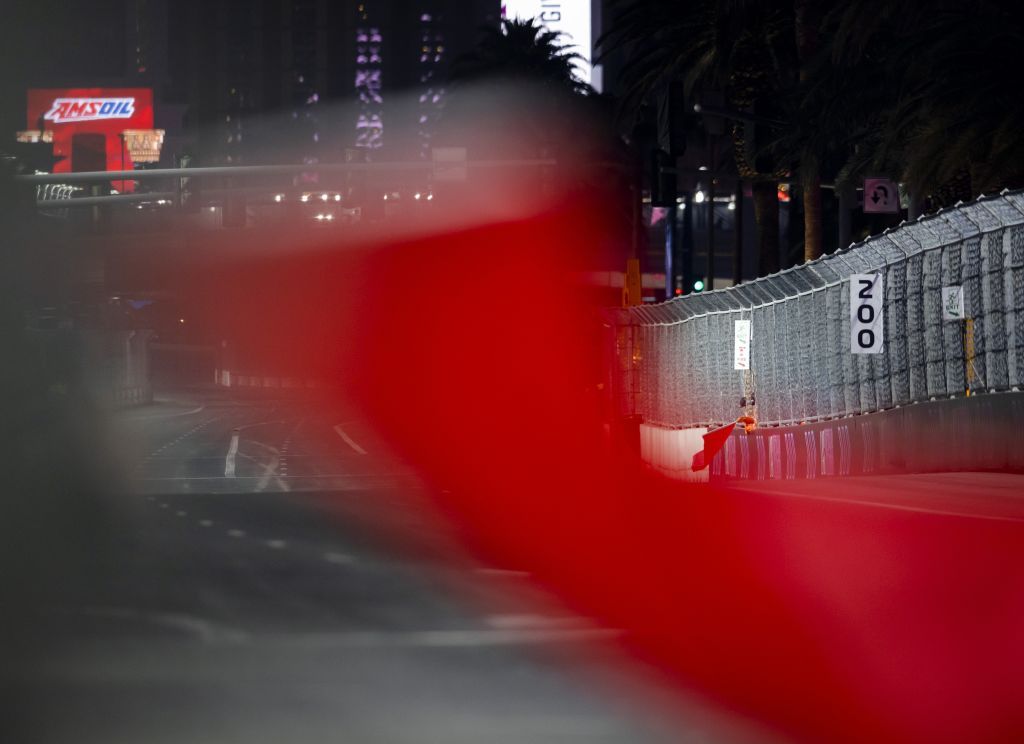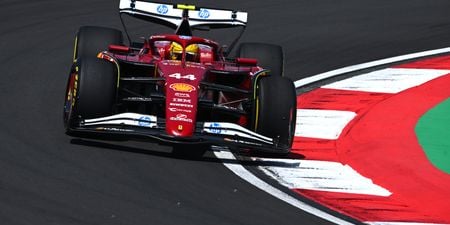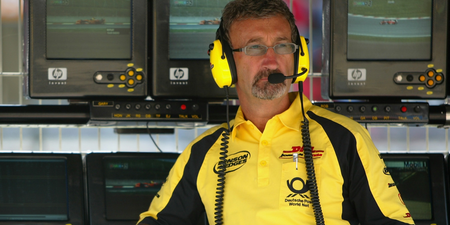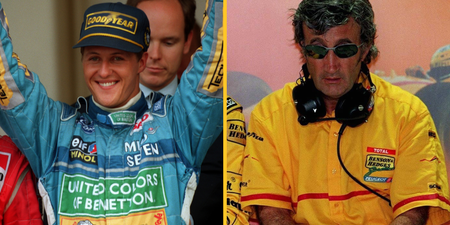If you’re a newcomer to the world of Formula 1, understanding the various flags waved by trackside marshalls is essential for navigating the high-speed sport – whether you’re trackside or couchside.
While modern technology equips drivers with radio systems and LED boards for communication, the flags system remains a fundamental means of conveying critical information about track conditions to both drivers and spectators.
So, let’s delve into the meanings behind each flag to help you grasp the language of the track ahead of the 2024 season:
Yellow flag: Proceed with caution
The yellow flag signals caution, indicating a potential hazard ahead that requires drivers to exercise vigilance.
When a marshall waves a single yellow flag, drivers must reduce their speed due to an incident ahead.
If two yellow flags are waved, it signifies a more serious situation, telling drivers to prepare for a possible stoppage.
Green flag: Clear track ahead
Contrary to the yellow flag, the green flag means that the track ahead is free from incidents, allowing drivers to resume racing at full speed.
Typically, a green flag follows a yellow flag, which tells drivers that the incident area is now behind them, and they can accelerate without hesitation.
Red flag: Stop and proceed with caution

When track conditions become unsafe due to factors like weather or a major crash, the red flag is waved at every marshall post.
This signal requires all drivers to immediately slow down, proceed with caution, and return to the pit lane until the situation is resolved.
Blue flag: Yield to faster traffic
A blue flag warns drivers that faster cars are approaching from behind and that they should yield to avoid impeding their progress.
During Free Practice and Qualifying sessions, this may indicate a faster lap from a competitor.
In a Grand Prix, blue flags signal that a car is about to lap the driver, meaning that they must yield promptly.
Black and white flag: Warning for unsportsmanlike behaviour
Drivers engaging in unsportsmanlike conduct, like cutting corners or displaying overly aggressive behaviour, receive a black and white flag as a warning.
This signal alerts them to change their behaviour to avoid potential disqualification.
Black flag: Disqualification warning
The black flag means that a driver’s performance or conduct has fallen below acceptable standards, prompting race control to issue a warning of potential disqualification.
When a driver sees the black flag accompanied by their car’s number, they must return to the pit lane immediately.
Black flag with orange disc: Mechanical issue
Known as the “meatball flag” due to its orange disc resembling the dish, this signal indicates a mechanical problem with a driver’s car.
When waved, the driver must pit for immediate repairs to address the issue.
Chequered flag: Race end
The iconic chequered flag waves at the end of a session, whether it be Free Practice, Qualifying, or the Grand Prix itself.
Its appearance signals to drivers that the session has ended – marking the end of racing activity.
For more great F1 content, check out Straight to the Grid













































